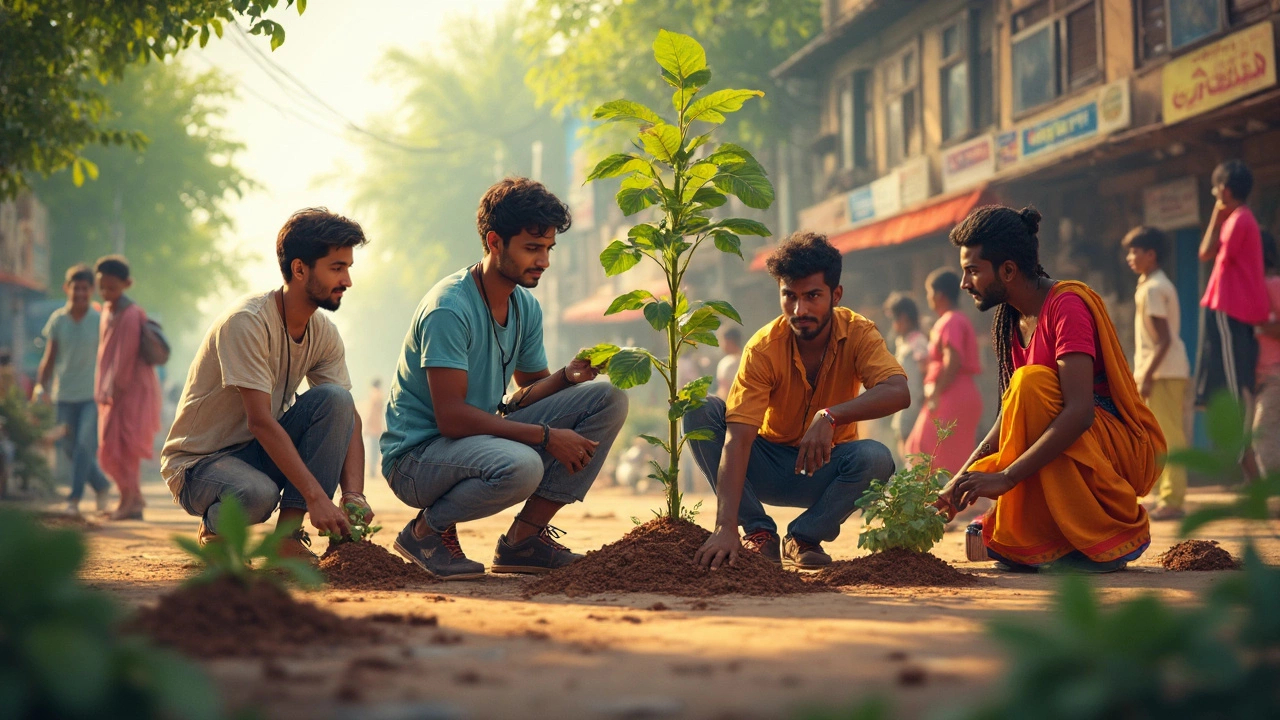Race and Volunteering: Why Diversity Matters in Community Service
Ever wonder why some volunteer projects feel more welcoming than others? A big part of the answer is race. When volunteers from different backgrounds come together, they bring fresh ideas, new networks, and a deeper understanding of the people they’re trying to help. This mix makes programs smarter, more effective, and more trusted by the community.
Benefits of a Diverse Volunteer Base
First off, diversity helps solve problems faster. Different cultures have different ways of dealing with challenges, so a mixed team can spot solutions that a uniform group might miss. For example, a project aimed at providing after‑school snacks in a neighborhood with many South Asian families will work better if some volunteers speak the languages spoken at home. Those volunteers can talk to parents directly, explain the program’s purpose, and answer questions in a way that feels natural.
Second, representation builds credibility. When community members see volunteers who look like them, they’re more likely to trust the project and join in. Trust is the glue that holds outreach together – without it, even the best‑planned events fall flat.
Third, a varied volunteer pool expands outreach reach. Each person brings their own personal network – friends, family, colleagues – turning a small group into a web of contacts across the city. That network can spread the word about fundraising drives, shelter openings, or educational workshops in ways a single‑culture team simply can’t.
Practical Steps to Build Inclusive Volunteering
Now that we know why diversity matters, let’s look at how to make it happen. Start by reviewing your recruitment language. Use neutral terms like “community members” instead of “students” or “professionals” if you want to avoid unintentionally excluding anyone. Highlight that you welcome volunteers of all ages, races, and abilities.
Next, partner with local cultural groups. Reach out to community centres, faith‑based organisations, or ethnic associations and ask if they’d like to co‑host events. These partnerships not only bring volunteers but also help you design programs that respect cultural customs.
Training is another key piece. Offer short workshops on cultural awareness, bias, and inclusive communication. Keep the sessions interactive – role‑play scenarios where volunteers practice greeting families in different languages or handling cultural sensitivities.
Don’t forget to make your volunteer roles flexible. Not everyone can commit to a weekly shift; some may prefer occasional help or remote tasks like social‑media posting or data entry. Flexibility signals that you value each person’s circumstances, which encourages a broader range of people to stay involved.
Finally, celebrate diversity openly. Share stories on your website or newsletters about volunteers from different backgrounds and the unique contributions they bring. When people see real examples, they’re more likely to picture themselves in those roles.
Putting these steps into practice can turn a modest volunteer group into a vibrant, race‑inclusive force for good. The result isn’t just more hands on deck – it’s stronger community ties, higher program impact, and a sense of belonging for everyone involved.
So, if you’re planning a new outreach project or trying to refresh an existing one, ask yourself: “How am I inviting people of all races to join?” Answer that question, take one of the steps above, and watch your volunteer effort grow in both size and effectiveness.
Who Volunteers the Most? Exploring Racial Trends in Community Service
Volunteering is a crucial part of community building, but have you ever wondered which racial groups are more active in this space? Understanding these trends can help organizations effectively reach and engage a diverse range of volunteers. This article explores the racial dynamics of volunteering, highlights key statistics, and offers practical tips for fostering inclusivity in volunteer programs.
Read More